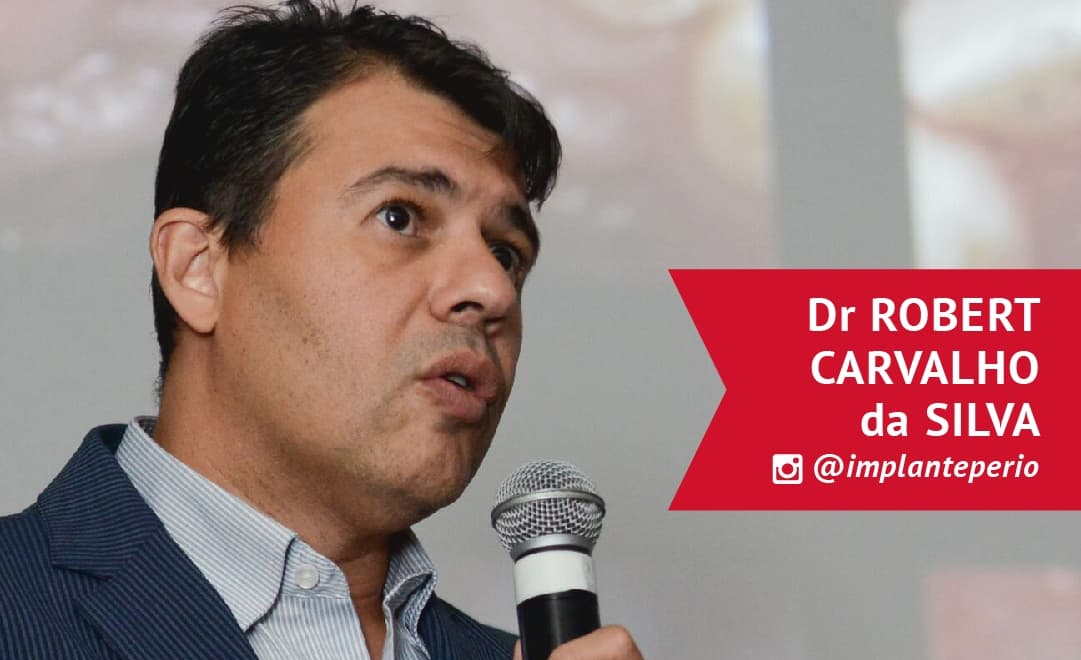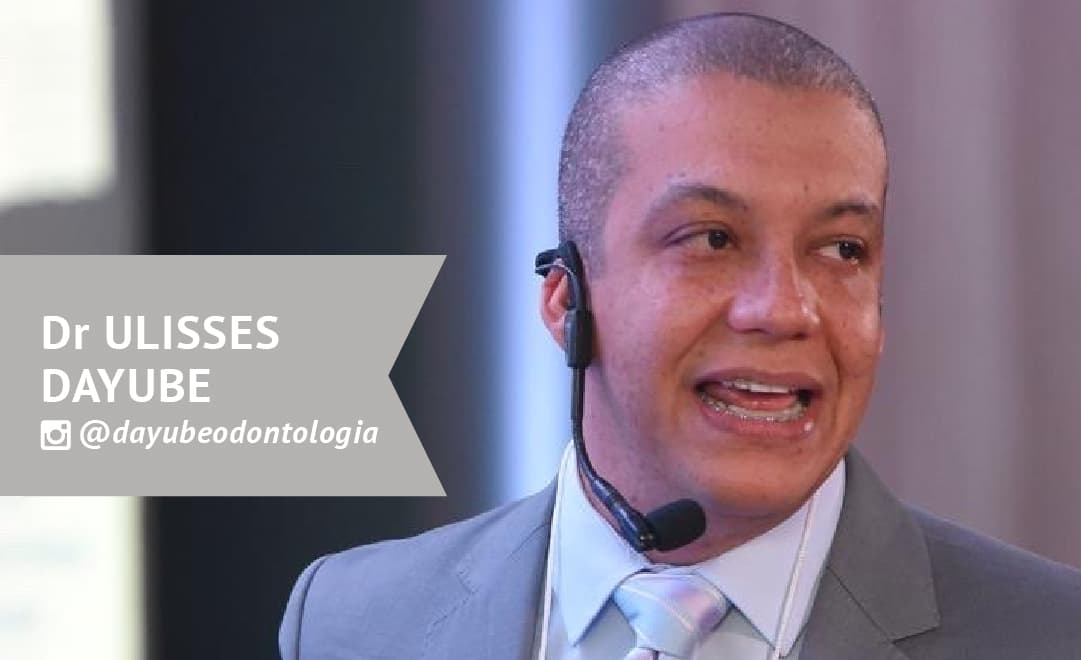
Cytoplast Titanium-Reinforced Membranes: Expert Q&As
Posted on January 6, 2021 at 2:38 PM

We asked:
“You have been using titanium-reinforced PTFE membranes successfully in
GBR procedures for a long time. Your technique includes the use of a
tenting screw. Explain the purpose, why you prefer to use a tenting
screw with these procedures, and the rules for the length selection and
the placement of the screw.”
“Tenting screws are very important to our successful outcomes in vertical GBR. It serves as a reference for the intended height of augmentation, and it prevents the collapse of the membranes inside the area of regeneration. We suggest that the head of the screw be wide and rounded, and to be positioned at the line connecting the bone peaks adjacent to the defect being treated. Moreover, we always try to put the tenting screw in the middle of the defect.”

We asked:
“In single-tooth extraction sites, you often use Cytoplast TXT-200 membranes or Cytoplast Ti-250 titanium-reinforced PTFE membranes. When do you use one versus the other? And how does your surgical treatment and your healing times differ?”
“In single-tooth locations, depending on the defect type, I determine whether to use PTFE with titanium or without according to the procedure to be performed. If it is a fresh extraction site, where I have adequate bone volume (with 3 to 4 walls in tact), I use Cytoplast TXT-200. In a healed ridge where it is necessary to gain height/width of bone (with a defect of 1 or 2 walls), I use the Cytoplast Ti-250. In single-tooth extraction sites, I’m using Cytoplast TXT-200 intentionally exposed. The results are fantastic-for both ridge preservation and top increase the width of keratinized mucosa. Cytoplast Ti-250 membranes, on the other hand, in my protocol, are used on alveolar ridges that require vertical or horizontal bone augmentation. Cytoplast TXT-200 membranes are intentionally exposed and must be removed between 21 to 28 days after the surgery. Ti-250 membranes are left submerged for 8 to 11 months, which is the amount of time I find needed to complete bone regeneration.”